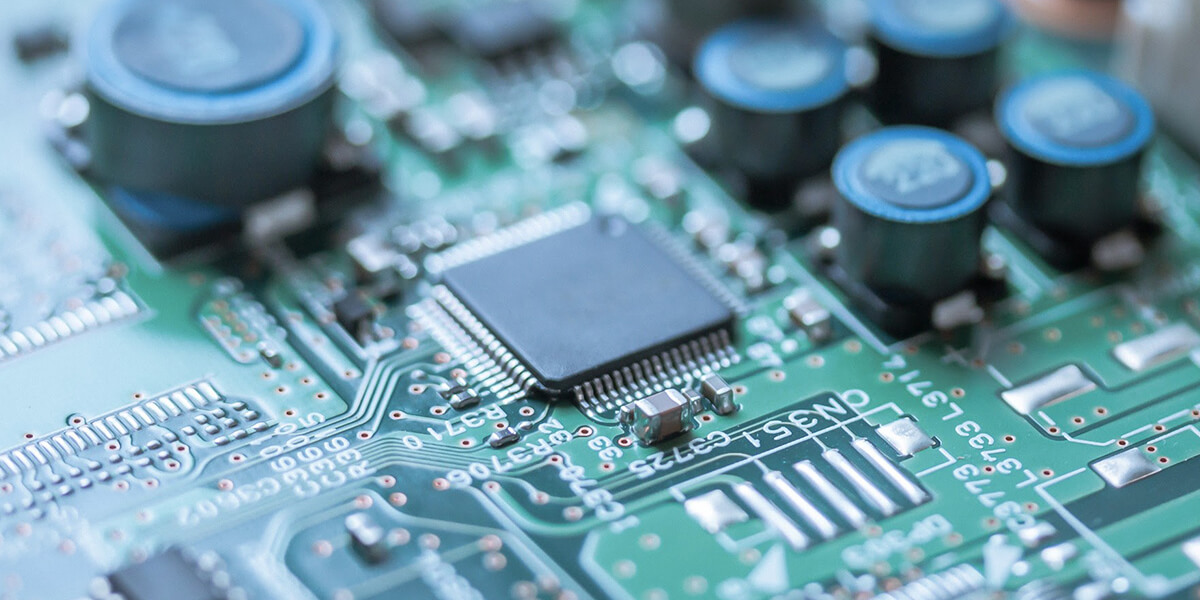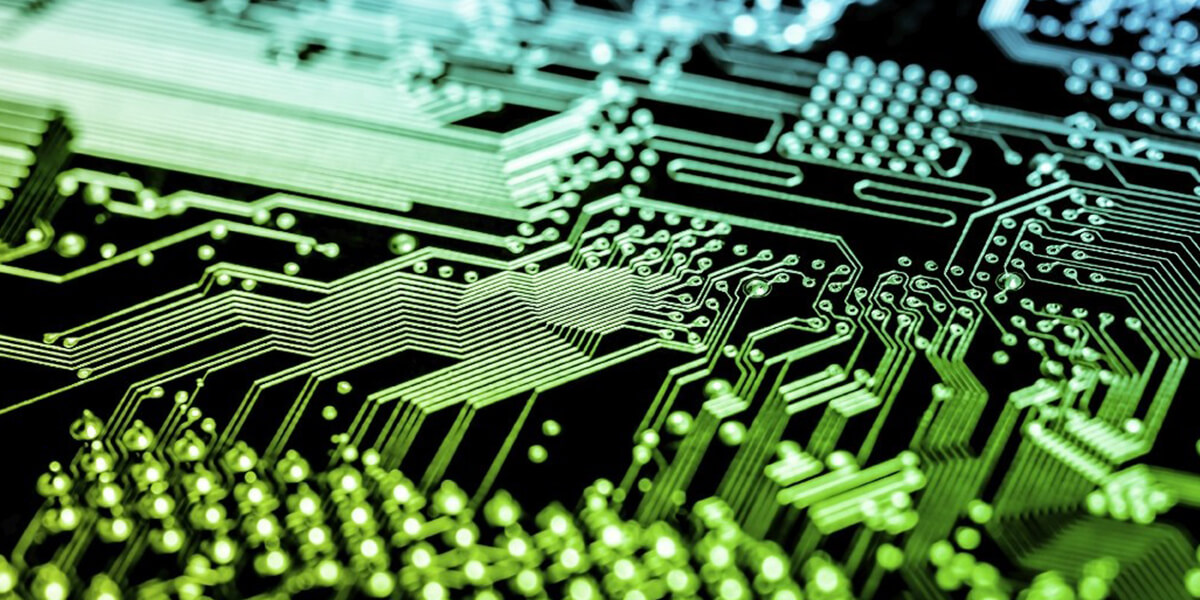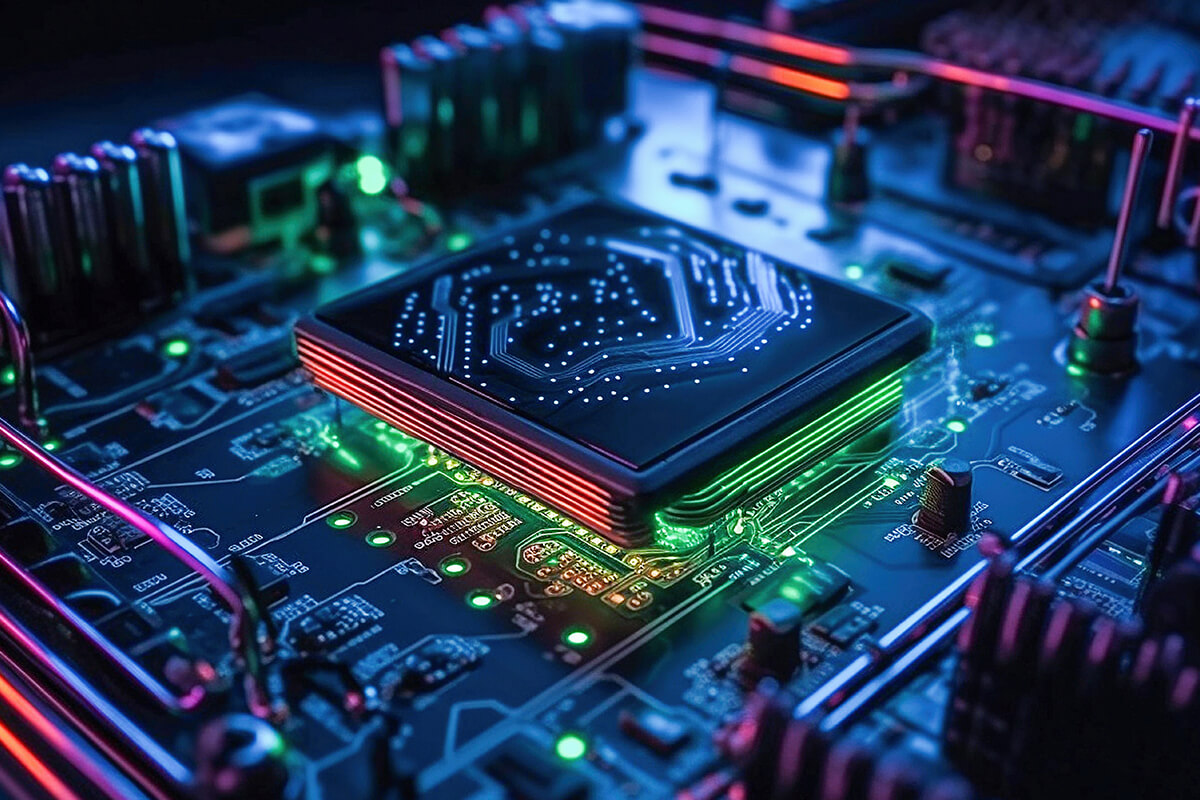Heat dissipation is a significant difficulty for high-performance PCBs (Printed Circuit Boards) in the never-ending quest for downsizing and ever-increasing processing power. Performance and reliability are at high risk when components get denser and smaller and produce more heat. This is where comprehensive PCB design services are helpful. These services may guarantee that your high-performance PCB performs at peak efficiency, extending its lifespan and functionality by implementing efficient heat management techniques.
Understanding the Heat Problem
A PCB’s heat accumulation can come from several sources:
- Integrated circuits (ICs): The workhorses of a PCB are integrated circuits (ICs), which process data and carry out calculations. A result of their activities is heat.
- Components of power delivery: Power converters and voltage regulators control the flow of power within the PCB. When in use, these parts also release heat.
- Passive components: Resistors, capacitors, and inductors can produce heat, mainly when they are operating at high currents.

Excess heat can have detrimental effects on a PCB:
- Performance degradation: The component’s efficiency decreases with temperature, resulting in performance throttling and possible failures.
- Reduction in component lifespan: High temperatures hasten the deterioration of electronic components, perhaps resulting in an early failure.
- Increased risk of failure: Overheating can damage solder joints or delaminate PCB layers, resulting in irreversible board failure.

Effective Thermal Management Strategies
PCB board design services use a multifaceted approach to thermal management to address these issues:
- Design and Location of Heat Sinks: Heat sinks are passive cooling devices that release heat into the surrounding air after absorbing it from components. To maximize heat transfer efficiency, PCB layout service carefully put heat sinks on the PCB near hot components. The heat sink’s actual design is essential, taking into account factors like fin arrangement, surface area, and material (copper or aluminum).
- Thermal Vias and Planes: Thermal vias, or conductive routes that move heat from interior layers to the surface where a heat sink may disperse it, are incorporated into PCB hardware design. Furthermore, thermal planes are sizable copper regions on the PCB that serve as heat spreaders and smooth out heat distribution.
- Component Selection: Choosing parts with reduced power consumption or greater thermal resistance will help reduce heat generation during the PCB design service process. This could entail selecting components rated for higher operating temperatures or utilizing energy-efficient processors.
- Forced Air Cooling: PCB hardware services may suggest adding fans for active cooling in cases where passive cooling is insufficient. By forcing air across the PCB, these fans hasten heat dissipation. However, fan placement and selection are essential to provide sufficient airflow without causing noise or vibration problems.
- Advanced Techniques: PCB designing services may investigate advanced techniques such as liquid cooling systems, heat pipes, or even specific substrate materials with higher thermal conductivity for high-performance applications.
Collaboration is Key
Close cooperation between several stakeholders is necessary for effective thermal management:
- Providers of PCB design service: These experts have the know-how to create PCBs that put effective heat dissipation first via thoughtful component layout, thermal via implementation, and appropriate heat sink integration.
- Component manufacturers: You can greatly lessen thermal management issues by selecting components with reduced thermal resistance or by providing integrated heat spreaders.
- Providers of thermal management solutions: Producers of fans, heat sinks, and other thermal management parts can provide helpful advice on product integration and selection for PCB design.
Benefits of Effective Thermal Management
PCB board design services may provide high-performance PCBs with several benefits by implementing these strategies.
- Improved Performance: Dependable and sustained performance results from efficient thermal management, which keeps components operating within their ideal temperature range.
- Extended Lifespan: Electronic components with less heat accumulation have a longer lifespan, which lowers the chance of an early failure and guarantees a longer product life cycle.
- Increased Reliability: An appropriately managed heat source lowers the possibility of heat-related failures, making the printed circuit board (PCB) more trustworthy.
- Cost Savings: Efficient heat management can result in considerable long-term cost savings by reducing early component failure and boosting product reliability.
The Role of Simulation and Testing
Thermal management calls for thorough simulation and testing in addition to design decisions. PCB design service use thermal simulation software to simulate heat movement throughout the PCB layout. This enables them to locate possible hotspots before building tangible prototypes. Early identification and resolution of thermal issues in the design process can save time and money by incorporating simulation results into design iterations.
Thermal testing is essential when a physical prototype is available. Using specialized equipment such as thermal cameras, the temperature distribution throughout the surface of the PCB can be measured. This in-the-real-world testing confirms the efficacy of the thermal management plan and permits additional tweaks if needed.
The Future of Thermal Management
Strategies for managing heat will change along with technology. Among the new trends are:
- Advanced materials: For even more effective heat dissipation, PCBs may contain new materials with improved thermal conductivity, including gallium nitride or diamond.
- Microfluidic cooling: As microscopic channels are included in the PCB, very high-performance applications may be able to use extremely effective liquid cooling methods.
- Artificial intelligence (AI): Design tools with AI capabilities can evaluate thermal data, recommend better layouts, or recommend components for better thermal control.
By keeping up with these developments, providers of PCB design services and PCB hardware design can guarantee their customers access to the newest and best thermal management solutions for their high-performance PCBs.
Conclusion
Thermal management is an essential component of creating high-performance PCBs. By utilizing the skills of PCB design services, PCB layout services, and PCB hardware design specialists, you can build PCBs that function at ideal temperatures, guaranteeing maximum efficiency, prolonged longevity, and dependable performance. Recall that a well-thought-out thermal management plan maximizes the usefulness and cost of your high-performance PCB, making it an investment that pays off over time.



